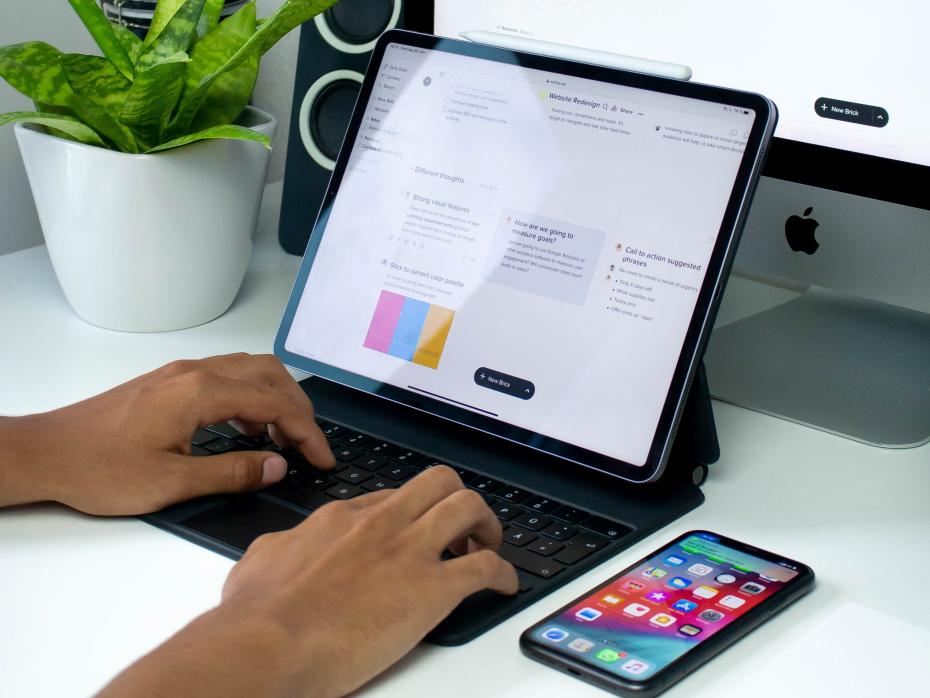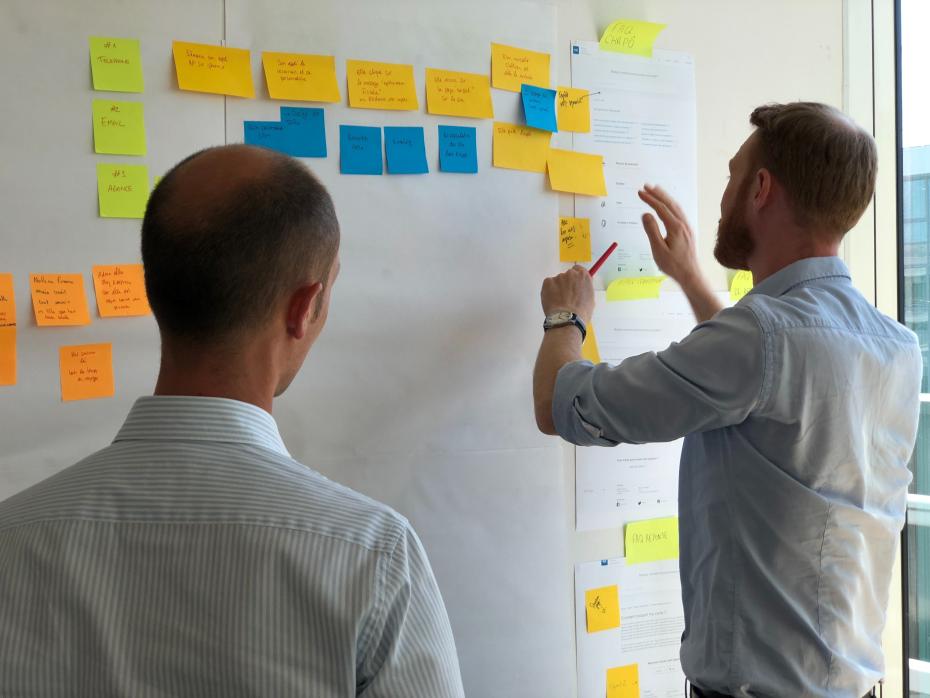You may also like
Key Details
This video will cover:
00:20 Why and how seven principles of remote learning were developed
00:59 How the seven principles were used to create applicable advice and training for faculty
01:57 Ensuring the principles could be applied across all disciplines
Transcript
So to quote, somebody who was particularly positive about it, they said “This is possibly the best piece of student-focused advice on learning and teaching that I’ve ever read”.
So I’m Dr Amanda Sykes and I am the academic lead for the university's transformation team and I’m on secondment from academic and digital development, where I’m an academic developer.
So here’s what I think happened: Covid happened. We needed to put some guidance in place really quickly, you know, supporting people, redesigning the way that they teach, so that if they need to teach remotely, they can do that and, you know, it turns out that they did need to teach remotely.
So we were glad that we put them in place. As a general rule, mandating things in a university doesn’t work well with something like this because people have different approaches to the way that they teach, because they all teach different materials in different ways.
And we were clear that a really long list was a really bad idea, so we pulled together seven principles that we published.
And we realised that lists of principles are great but they can be a bit intangible for people, so we also recognised that not only did we need to say, “Here are the seven principles we’d like you to think about as you design or redesign your teaching”, but then we wanted to give people ways that they could apply that principle.
So what does it actually mean in practice? And suggest some tools that they might use that would help them with that.
We then started to run sessions for staff on, for example, how you might use Moodle lesson, for example, with your students We also showed them, this is how you press the buttons, and anybody could join those sessions.
But we also made sure that those sessions were recorded and that the recordings of those sessions were stored in the same place as the information about the principles and the application of them and the tools that you could use.
So essentially we created a one-stop-shop around the seven principles that we designed. I think, so, one of the things actually that’s really important is to provide principles that are broad enough that they can be applied in really disparate subject areas.
So I don’t know, from engineering all the way through to Scottish literature right, so they can then take it and adapt it and do with it what works for them, for their students, for their subject.
We were also clear that we wanted the principles to be, to have longevity. It wasn’t just about this putting them in place for this period of time, although that was the reason that we designed them in the first place.
But it was also about saying, actually for learning and teaching moving forward, what do we want that to look like anyway?
I think what was really important about the principles, was not just that we created them and we got buy-in from people across the institution for them, but that we were really clear about what they meant in practice.
And for me, that’s really the most important thing when you, as an institution, create a policy or create a set of principles or create guidance, is that the guidance has to be broad to encompass all of the subject areas.
But that doesn’t help me if I’m a busy academic who has just had to start working from home. Technology I’ve got isn’t great, my kids are running around, I need you to help me a bit more so that I can then do the best that I can do for my students.
So I think the most important thing that we did with the principles was that we said, this is how you could use them, here are some examples.
For me that was the most important thing that we did. Genuinely, because I think it’s dead easy to write a policy and say everything has to be lovely, but it’s no good saying it has to be lovely unless you tell me or at least give me some ideas about how it could be lovely, right?
This video was produced by Amanda Sykes, academic lead for the transformation team at the .
Additional Links



